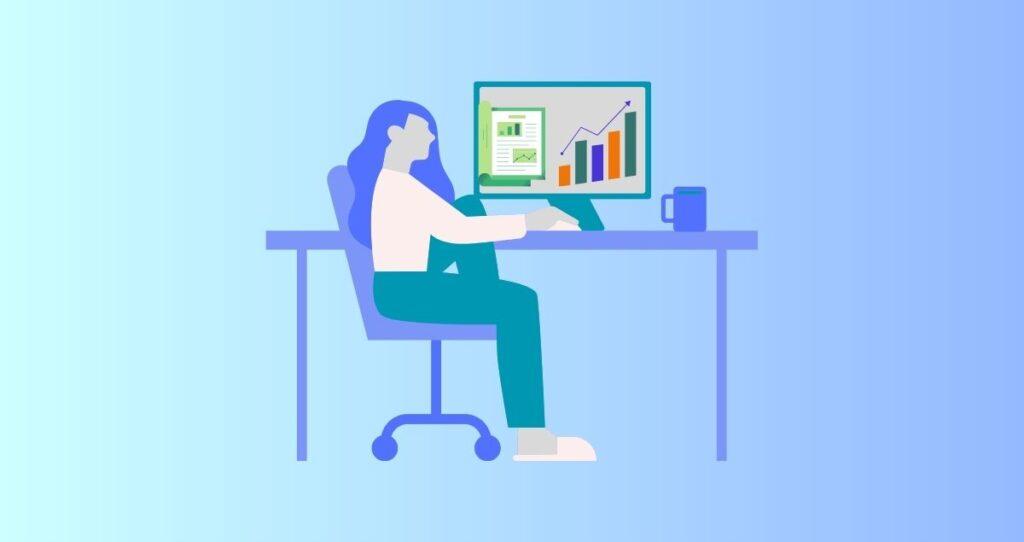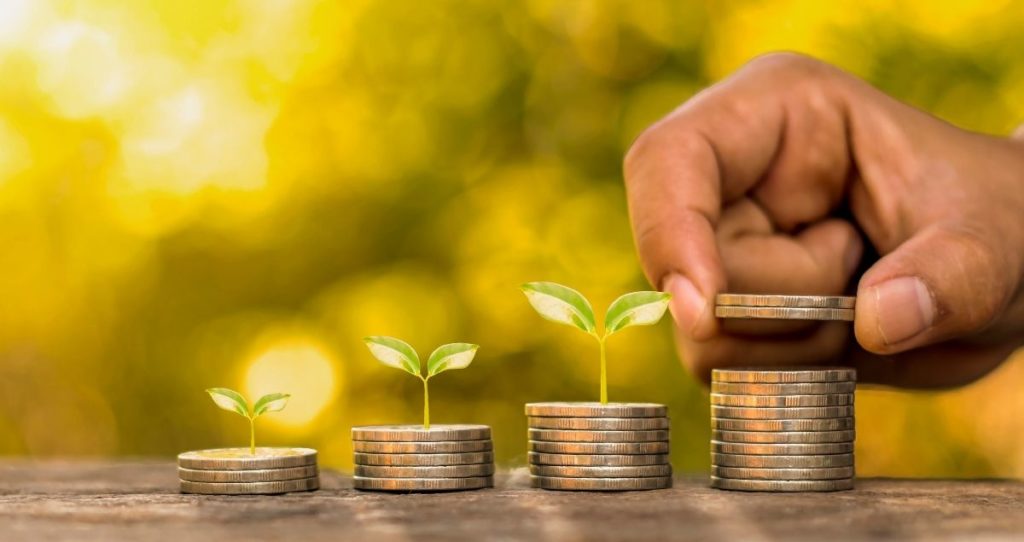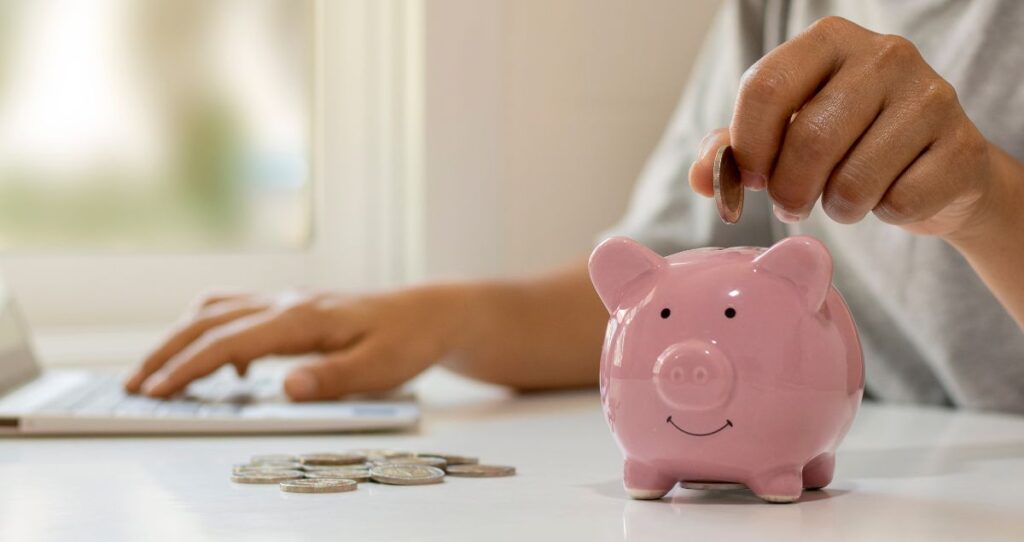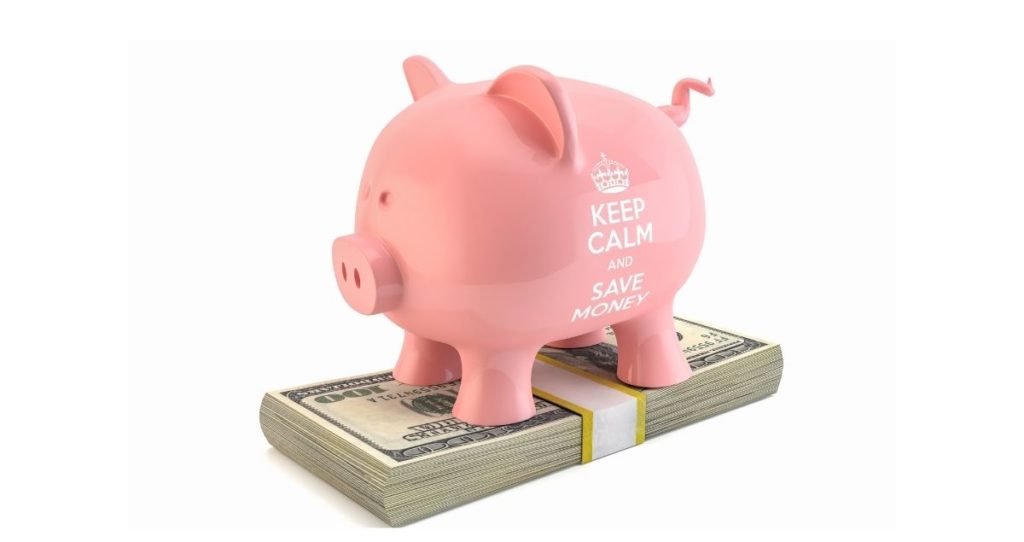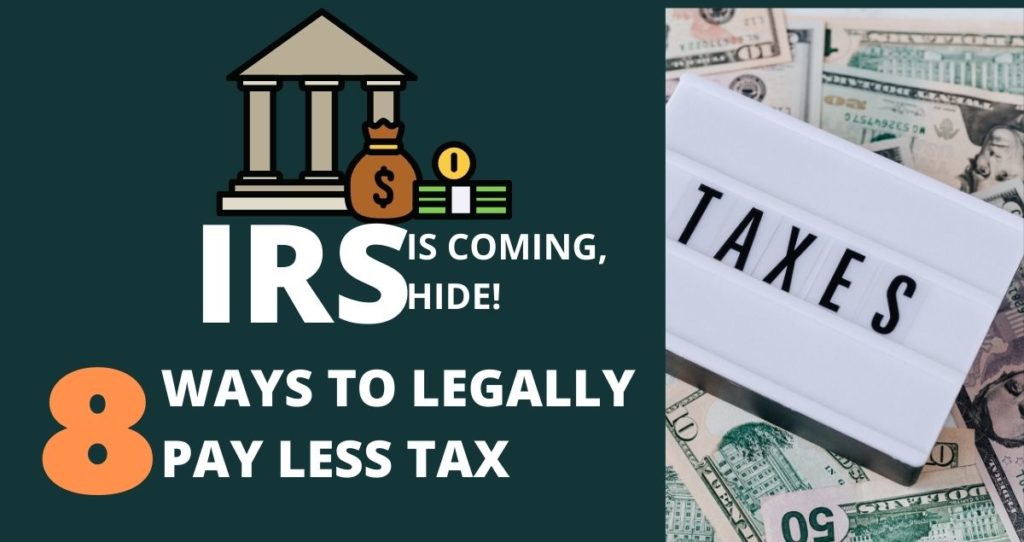What is the difference between a checking and savings account? Are you trying to open a bank account but have no idea which account is appropriate for you? You are not alone. Many consumers have these accounts but cannot tell their differences. As a result, they end up paying penalties and fees because they don’t know how these two accounts work.
The good news is that you don’t have to end up like everyone else. Knowing the difference between checking and savings accounts will help you get started the right way. Furthermore, you will avoid spending a ton of money on fees and charges.
This article is designed to help you understand the difference between checking and savings accounts and their similarities.
What is a checking account?
According to Value Penguin, a checking account is an account provided by banks that allow depositors to do the following:
- Deposit money
- Withdraw money
- Use for daily spending
- Write checks
- Deposit checks
- Use at ATM
- Etc.
These accounts give consumers easy access to their funds whenever they need them. Depositors are issued debit cards that allow them to access their funds for any transaction.
Checking accounts are less strict compared to savings accounts or other accounts provided by banks and other investment institutions.
What is a savings account?
CapitalOne defines a savings account as an account you open with a bank or other banking institutions that allows you to save money for long-term goals. In return, the institutions pay you a small interest on the money you keep in your account.
The interest is provided because the bank will use your money for investment or lending purposes. Savings accounts are more regulated compared to checking accounts. In addition, the number of withdrawals on savings accounts is limited. Savings accounts can be linked to checking accounts so that the money can move freely from one account to another.
Consumers who want to save for their/ long-term projects such as tuition, retirement, travel, down payment on houses, etc. open savings accounts.
Difference between a checking and savings account

| Savings account | Checking Account |
| Helps you save money for long term projects such as retirement, tuition, emergency fund, etc | Used for short-term money such as regular shopping, paying revolving bills, etc. |
| Has a limited number of withdrawals per month | Has an unlimited deposits and withdrawals |
| The money in the account is usually transferred from your checking account or deposited from your job | Can deposit cash or check directly into the account |
| Some banking institutions allow you to withdraw money from the account at an ATM | You can easily access the money at an ATM |
| For normal use, you must transfer the money from your savings account into your checking account before using it | The money is taken directly from the account |
| You can earn interest on the account | Does not provide interest |
Similarities between checking and savings accounts
Although savings and a checking account are different, they also have some similarities. The following are common characteristics of a savings account and a checking account.
- Both accounts can be linked together for easy access to funds. That is you can move money from a checking account into your savings account and vice versa.
- You could pay a penalty for withdrawing more money than you have in the account
- Some banking institutions apply a fee to your account when it goes under the minimum balance requirements
- Can both be used to pay bills online?
- Your boss can directly deposit your money in the accounts
- Both accounts can be used to save money: That is your checking account can still save your money as long as you do not spend it.
- You could pay a fee if you withdraw money from any of these accounts using an ATM that belongs to other banks
- Most banks require you to deposit a particular amount every month to avoid the maintenance fee
- The Federal Deposit Insurance Corporation (FDIC) protects consumers’ savings and checking accounts when banks fail. This insurance covers up to $250,000 per depositor and per bank and the bank must be protected by the FDIC.
Should you get a checking or savings account?
Which account is good for you?
The answer to this question will depend on what you intend to use your account for.
Most people own a checking account because that is the only thing they know. Some consumers do not understand what a savings account is, and therefore, they do not open one.
What about you?
If you want to focus on saving money for your emergency fund, save for college, travel, and earn some returns at the same time, then a savings account will be great to start with.
Keep in mind that the money in the account will have more restrictions compared to the money in a checking account. This is a good thing for people who want to avoid spending temptations.
On the other hand, if you want an account that can hold your money, but also give you access to the fund whenever you need it; then a checking account will be right for you. With a checking account, you will be able to have unlimited deposits and withdrawals. You will also pay no ATM fee as long as you use your account provider’s ATM.
Keep in mind that having access to your funds anytime is like having cash. The only difference is that you use a debit card when making transactions instead of physical cash. This easy access to your funds will increase your spending habits if you are not careful.
Last but not least, is to have both checking and savings accounts. Yes, your bank can give you a savings account and a checking account at the same time.
The money you keep in your savings account will be saved for future goals while the fund in your checking account will cover your normal and daily spending such as shopping, gas, food, etc.

